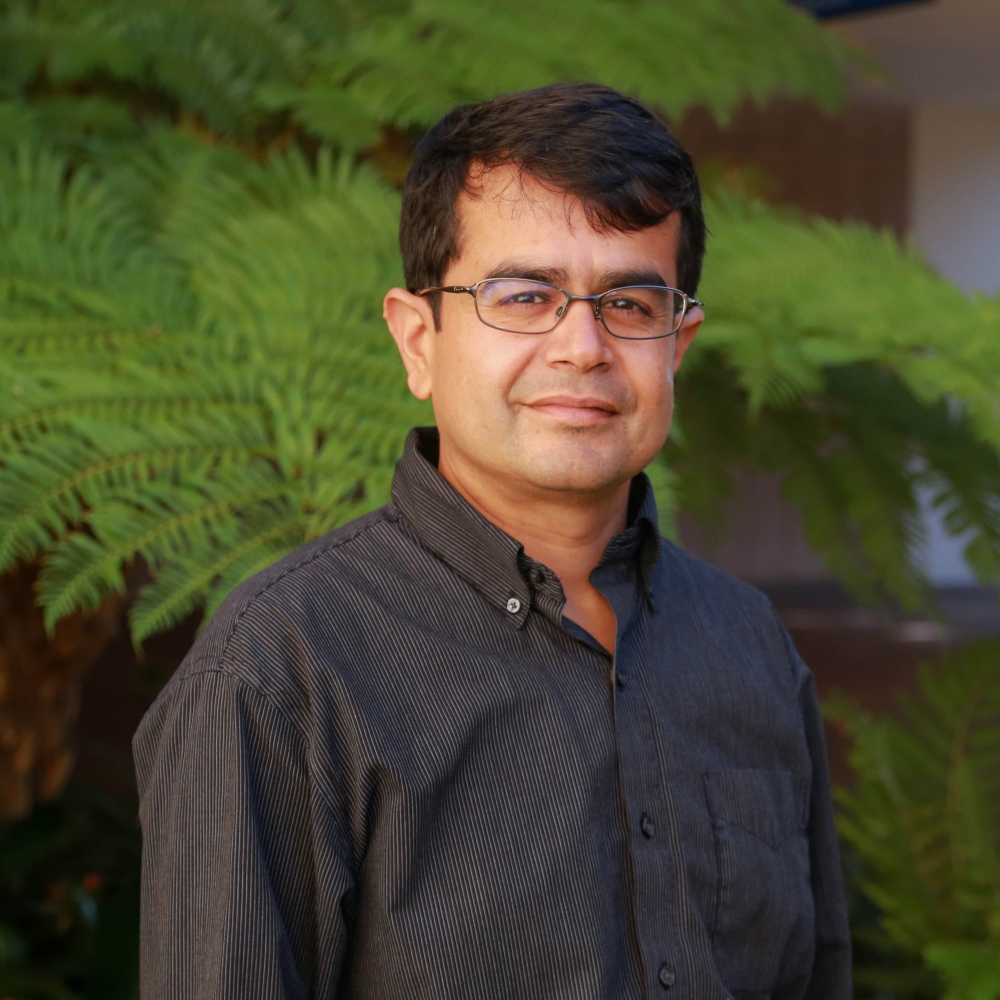
Chemical Engineer Elected to National Academy of Engineering
Samir Mitragotri, professor of chemical engineering at UC Santa Barbara, is one of 67 new members elected to the National Academy of Engineering (NAE) for 2015.
Election to the National Academy of Engineering is among the highest professional distinctions accorded to an engineer. Academy membership honors those who have made outstanding contributions to “engineering research, practice, or education, including, where appropriate, significant contributions to the engineering literature,” and to the “pioneering of new and developing fields of technology, making major advancements in traditional fields of engineering, or developing/implementing innovative approaches to engineering education.”
Mitragotri was elected to the NAE “for development, clinical translation and commercialization of transdermal drug delivery systems.” Transdermal drug delivery, while a simple and painless alternative to needles, remains a big challenge. Mitragotri and his group have developed technologies that involve ultrasound, penetration enhancers and liquid microjets to overcome the skin barrier to enable delivery of proteins, peptides and small interfering RNA (siRNA).
Mitragotri’s election brings to 27 the number of members from UCSB, three of whom are Nobel Prize winners, elected to the prestigious organization.
“I could not be happier for Professor Mitragotri, whose ground-breaking and innovative work on transdermal drug delivery systems is most deserving of this prestigious honor,” said Chancellor Henry T. Yang, who himself is a member of the National Academy of Engineering. “Election to the Academy by one’s peers is one of the highest recognitions for an engineer, an acknowledgment of outstanding and pioneering research. I applaud Professor Mitragotri’s latest achievement and our entire campus community takes pride in his success.”
Mitragotri joined the faculty in 2000 as an assistant professor of chemical engineering and of biomolecular science and engineering. He is now the director of the Center for BioEngineering and also of the campus’s Translational Medicine Research Laboratories. He has authored or co-authored more than 170 scholarly publications and his research has led to dozens of patents and pending applications. His research focus also includes bio-inspired technology that uses or mimics the body’s own functions for targeted drug delivery that increases the effectiveness of therapies.
“Election to NAE is one of the highest honors bestowed upon an engineer,” said Mitragotri. “I am truly honored and humbled by this recognition.”
Mitragotri has received numerous awards and honors over his career, including election into the National Academy of Inventors; the American Association for the Advancement of Science; and the American Institute for Medical and Biological Engineering. He has received the American Institute of Chemical Engineering’s Allan P. Colburn award for outstanding publication record; the Controlled Release Society’s Young Investigator award for outstanding work in drug delivery, and the Technology Review Young Inventor award (TR35) for technological innovation.
“Election to NAE Member is a distinctive honor for UCSB Engineering faculty that recognizes truly extraordinary career achievement,” said Rod Alferness, dean of the College of Engineering and NAE member. “Professor Mitragotri, who has contributed so much to the fields of bioengineering and chemical engineering, including innovative technologies for drug delivery, is well deserving of this very prestigious recognition.”
Mitragotri received his master’s and Ph.D. in chemical engineering from the Massachusetts Institute of Technology, and his bachelor’s degree in chemical engineering from the University of Bombay. His work has been highlighted in several mainstream publications including Scientific American, Popular Science, the New York Times and Discover Magazine, and he is the co-founder of several biotechnology companies.



